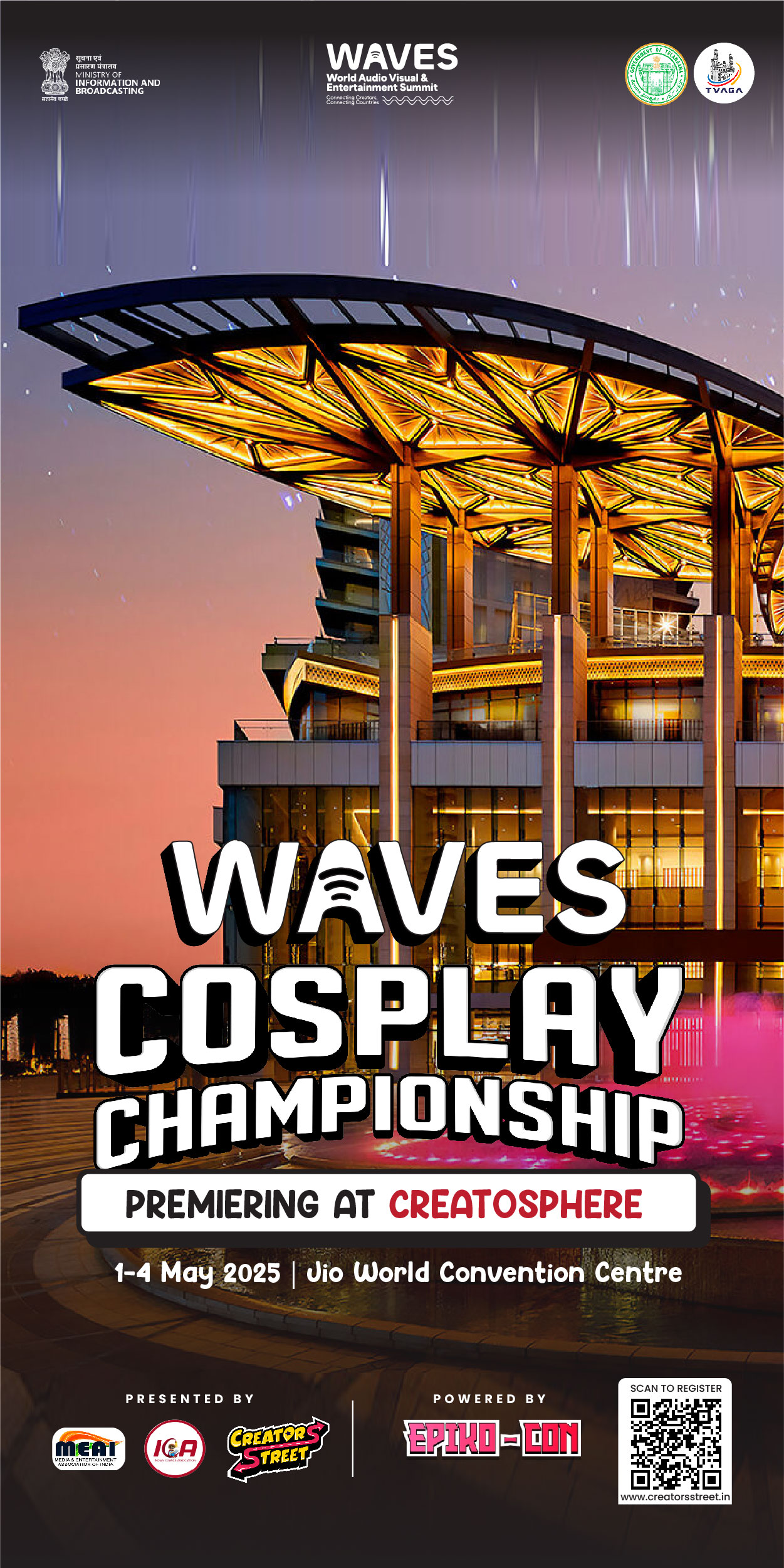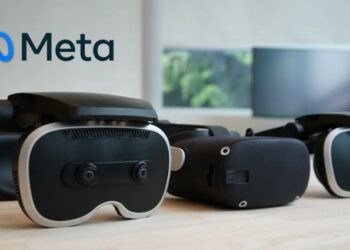“The Wild Robot Review: How a Stranded AI Found Its Heart in the Wilderness!”
Cinema has the power to transport audiences into new perspectives, and in Chris Sanders’ breathtaking The Wild Robot, we experience the world through the mechanical yet ever-evolving eyes of Roz—a domestic robot stranded in the wilderness. Adapted from Peter Brown’s beloved novel, this visually stunning DreamWorks Animation and Universal Pictures masterpiece takes viewers on an emotional and philosophical journey, proving that even artificial intelligence can learn to love, adapt, and embrace the chaos of nature.

A Robot in the Wild: A Journey Beyond Programming
From the moment ROZZUM 7134—soon to be known simply as Roz—washes ashore on a remote island, she is confronted with a world unlike anything in her programming. With waves crashing against the shore, lush forests sprawling before her, and wild creatures lurking in the shadows, Roz’s journey is one of survival, adaptation, and ultimately, self-discovery. As she steps beyond her coded directives, she begins to shed her cold, robotic nature and become something more—something wild.
Animation That Breathes Life into Nature
The Wild Robot is a visual feast, seamlessly blending grand, sweeping vistas with intimate character moments. The film captures the raw beauty of the natural world—from a mesmerizing dance of butterflies to the powerful fury of a winter storm or a raging forest fire. Each frame is a moving painting, reminiscent of the handcrafted artistry of Studio Ghibli, with echoes of Hayao Miyazaki’s reverence for nature.
Roz herself is a testament to the brilliance of character design. With her simple, circular eyes and minimalistic features, she conveys deep emotions through the subtlest of movements. Drawing inspiration from the likes of Charlie Chaplin and Jacques Tati, Roz’s mime-like expressions and evolving body language become key storytelling tools, as she slowly transforms from rigid automaton to a fluid, emotionally complex being.
Motherhood, Friendship, and the Messiness of Emotion
Roz’s journey takes a profound turn when she inadvertently becomes the caretaker of an orphaned gosling, Brightbill (voiced by Kit Connor). With guidance (and snarky commentary) from Fink, a cunning fox voiced by Pedro Pascal, Roz embarks on a crash course in motherhood. Initially, she approaches parenting with cold logic, but over time, her actions become guided by something deeper—love.
Her emotional evolution is further highlighted when she encounters another robot, Rummage (Lupita Nyong’o), a mirror image of her past self. In a moment of raw vulnerability, Roz confesses, “I don’t know what I’m doing… but I have to, because he’s relying on me.” This simple yet profound statement encapsulates the universal truth of parenthood: it’s not about having all the answers, but about being present.
A Wild Heart Beats Within
As Roz integrates into the island’s ecosystem, her body bears the marks of her transformation—scratched panels, patches of rust, and even sprouting moss. No longer just a product of Universal Dynamics, she becomes an organic part of the wilderness, symbolizing the film’s core message: true strength lies in adaptation, growth, and community.
This theme is solidified in a powerful moment when Roz tells the animals, “Sometimes, to survive, we must become more than we were programmed to be.” It’s a lesson in breaking free from preordained roles—whether human, animal, or machine—and embracing the ability to change.
A Cinematic Love Letter to Storytelling
The Wild Robot doesn’t just tell a story; it celebrates storytelling itself. From the questions that drive Roz—“How did I get here? How can I help?”—to Fink’s hilariously exaggerated retellings of events, the film acknowledges the power of narrative to shape identity and connection.
Its mythic scope extends beyond individual character arcs, embedding Roz’s tale into the timeless rhythms of nature—the cycle of seasons, the migration of birds, the push-and-pull of survival. In doing so, the film bridges the gap between technology and nature, artificiality and authenticity.
Conclusion: A Wildly Beautiful Triumph
With stunning animation, deeply human themes, and an unforgettable protagonist, The Wild Robot is more than just a family film—it’s a thought-provoking meditation on growth, resilience, and what it truly means to belong. As Roz stands her ground against the forces of Universal Dynamics, boldly declaring, “I am a wild robot!”, she is met with a chorus of howls from her animal family—a fitting affirmation of her journey.
In the end, Roz finds not just her place in the world, but her own inner ‘Aaa-oooh!’—and The Wild Robot invites us all to do the same.










